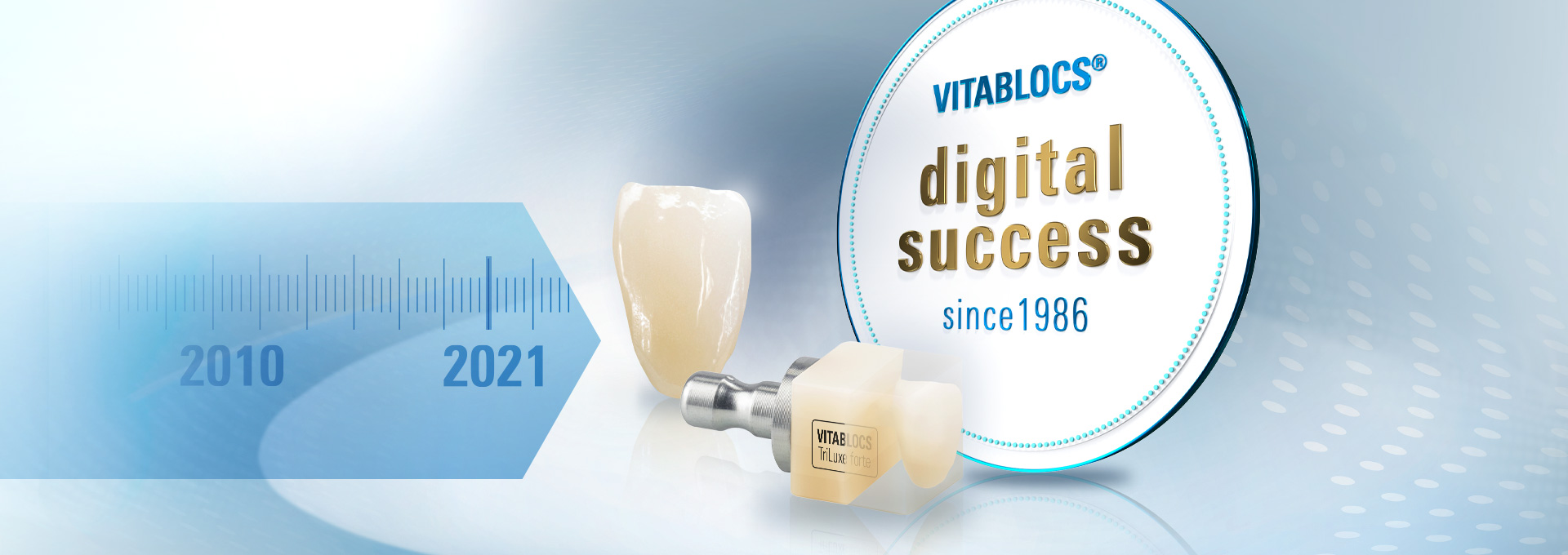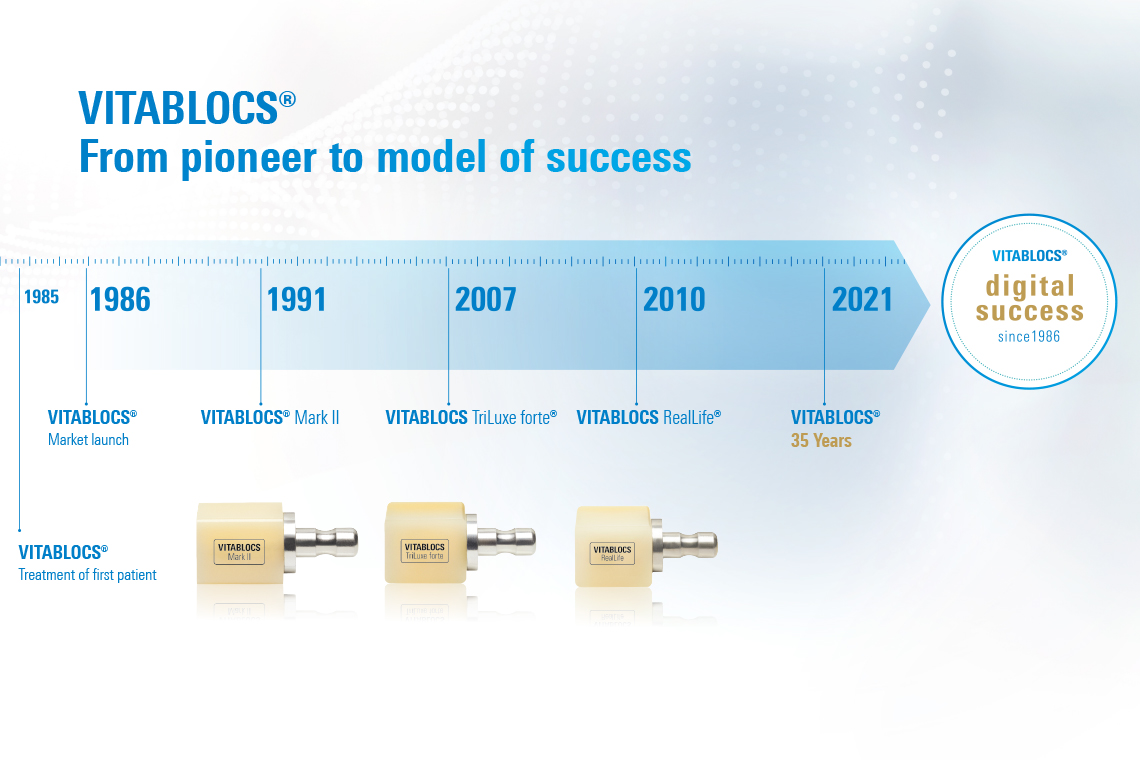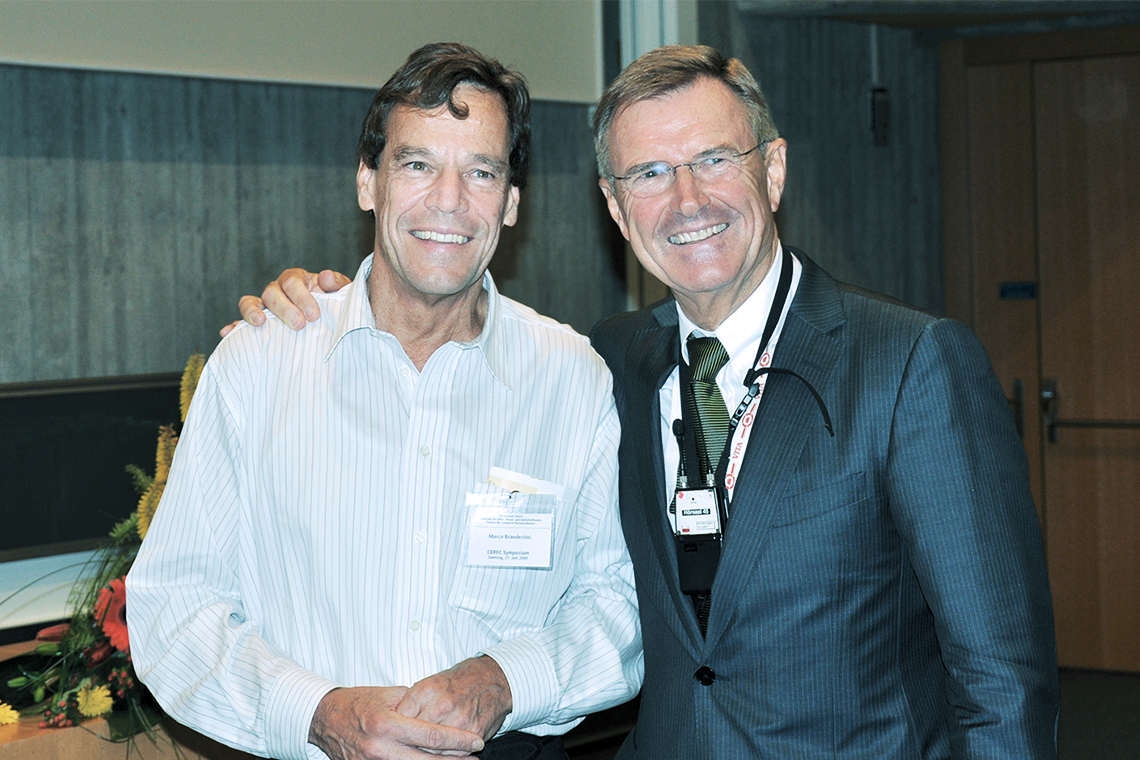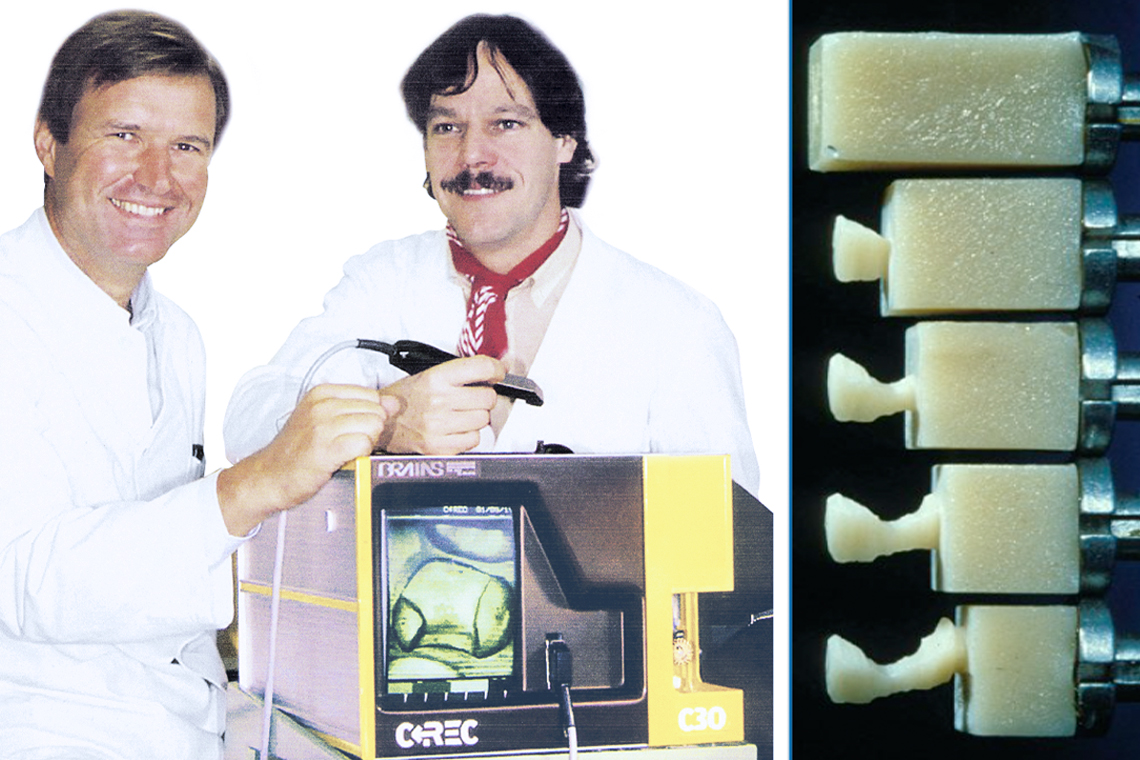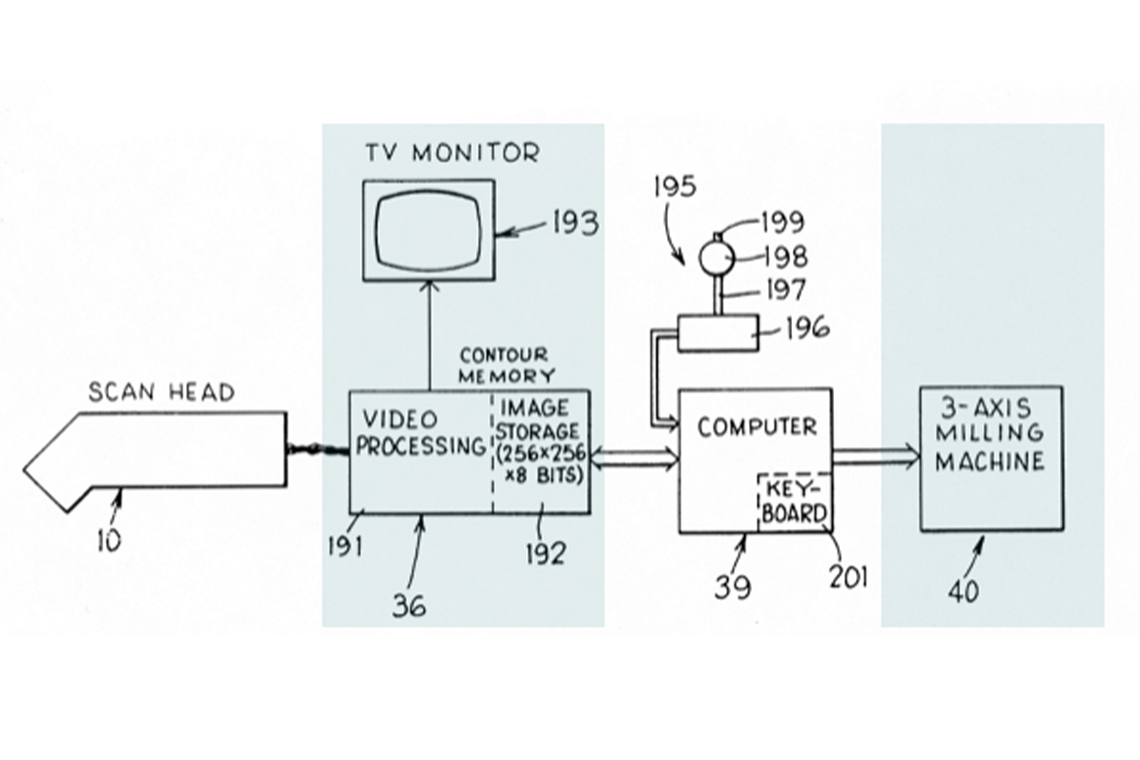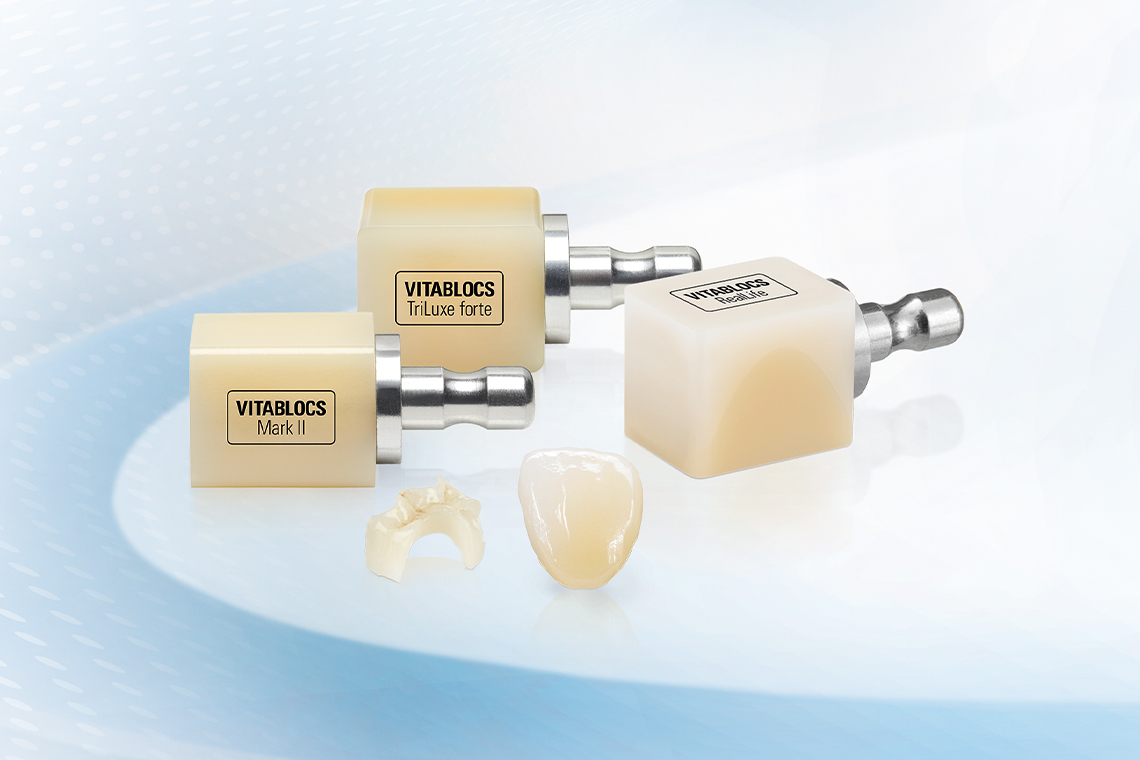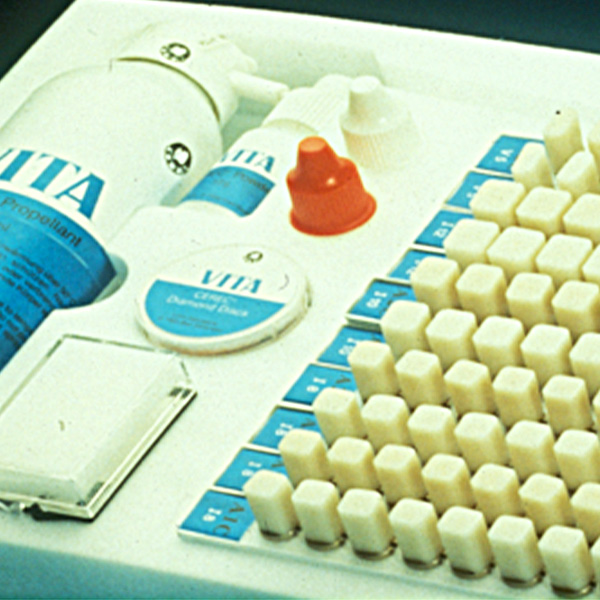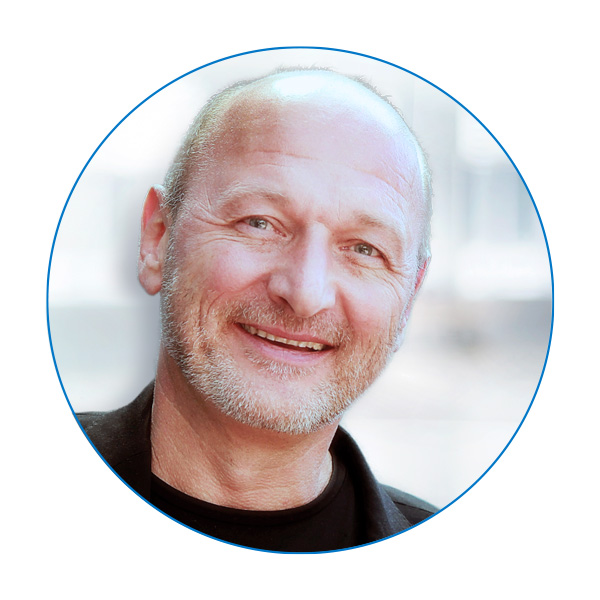There were a lot of technical challenges that required exploration and research. To begin with, the CEREC camera created individual images. "The image capture chips had a resolution of 250 x 250 dpi." For comparison: The cameras in modern smartphones have between 10 to 40 megapixels; in other words, several million dpi. Milling was also subject to several iterations of development. "Initially, a relatively large grinding disc was used. We wanted to use small power files to create different shapes, while maintaining the same durability and performance in terms of material removal. That requires complex, intelligent control," explains Dr. Pfeiffer. The software was also very challenging. To begin with, affordable computing capacity could not display irregularly shaped surfaces in 3D. Two-dimensional cross-sections had to be used. The dentist really needed to understand technology to use the 2D software." In the early 2000s it was finally possible to switch from 2D to 3D modeling. This was a milestone; Now the technology finally found widespread application. There were a number of technological breakthroughs. Other manufacturers entered the market. Important CEREC milestones included an improved acquisition unit. "After the need to use scanning powder for a long time, the powder-free Omnicam was the next big step." And the transition was made from a flawless camera for individual images to video mode.
So, what does the future have in store? According to Dr. Pfeiffer: "CEREC is already at over 90% on the development trajectory. The system is well established and meets the needs of its users. Of course, 3D cameras could always be faster, smaller and easier to use, and the potential of the CAD software is also considerable. Fully-automated fabrication is realistic; here, AI technology will play an important role."

